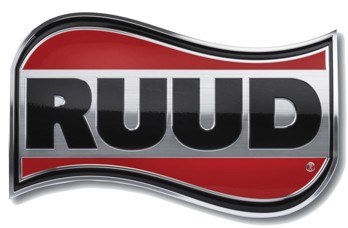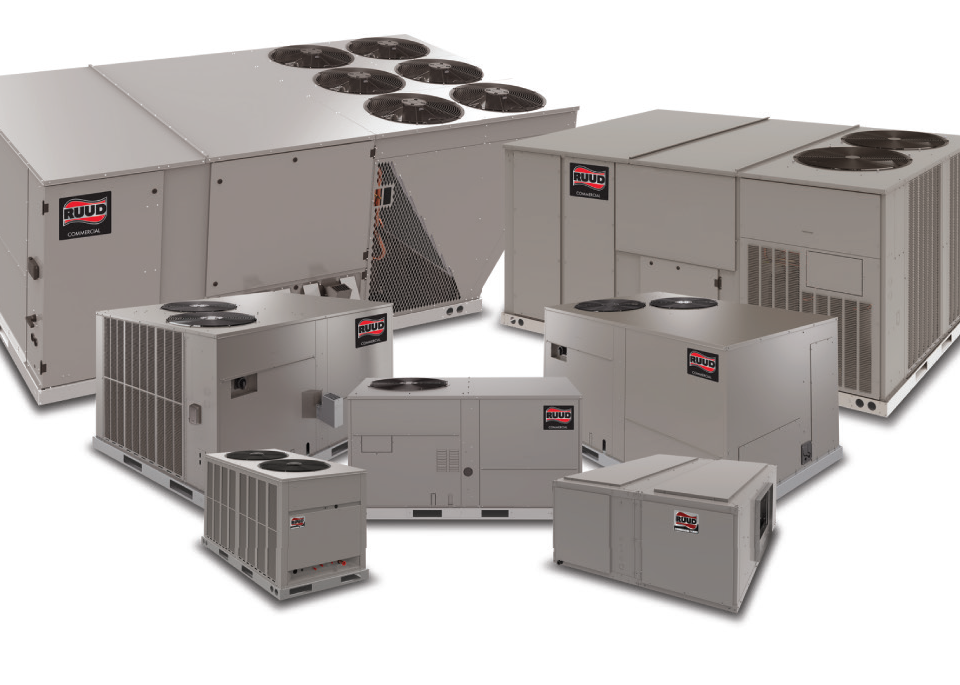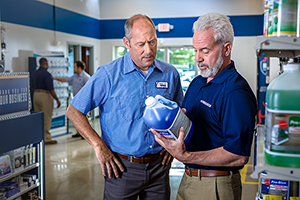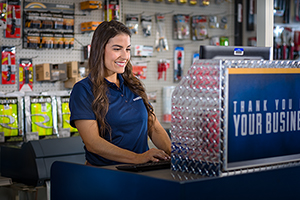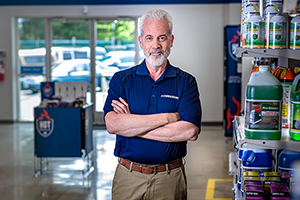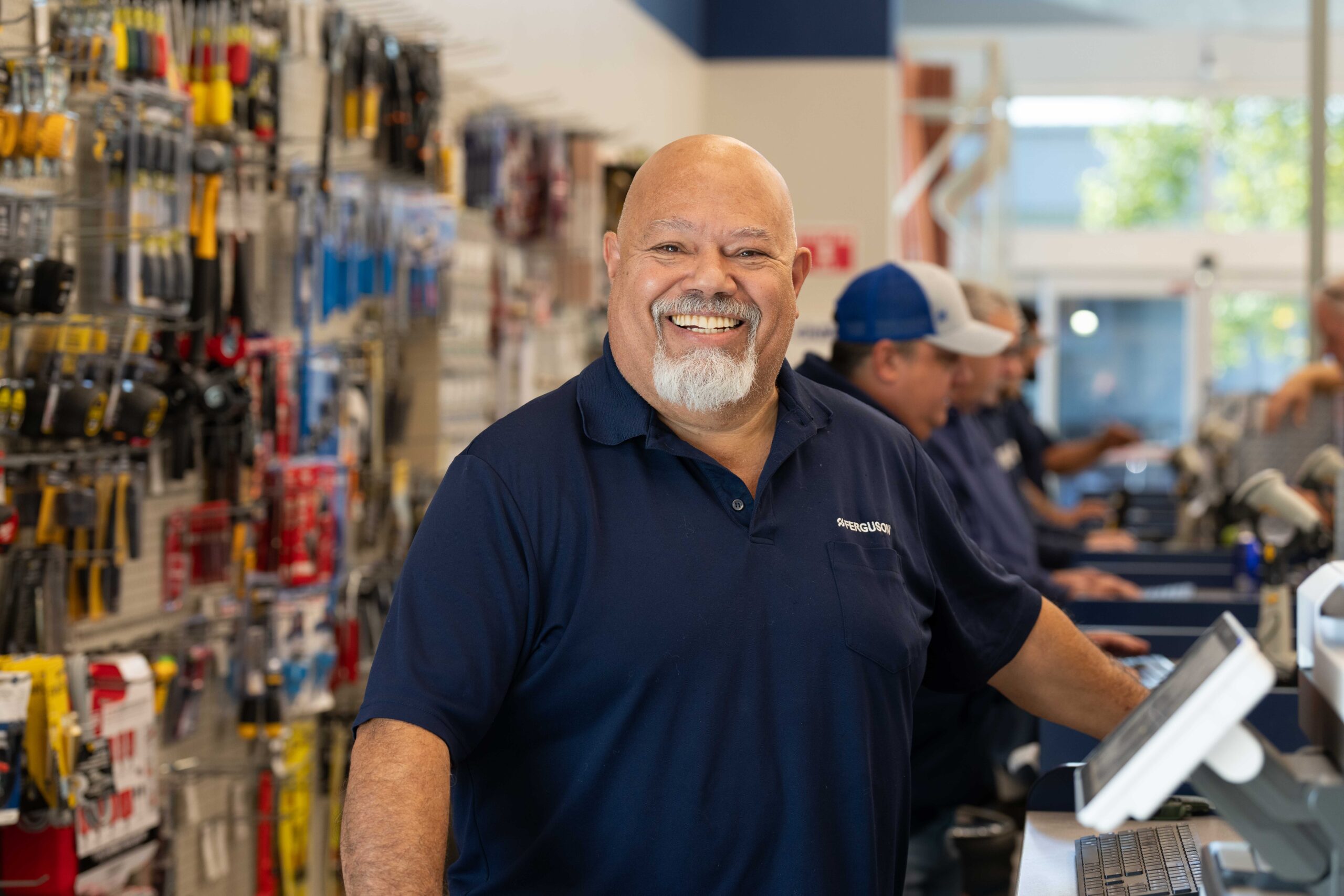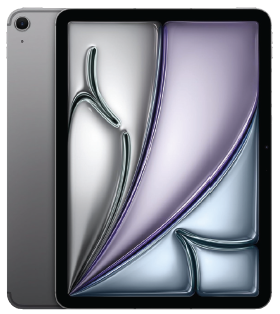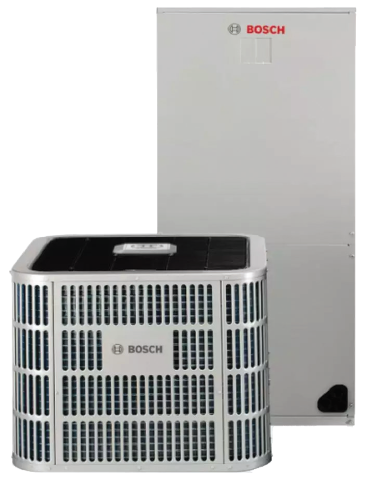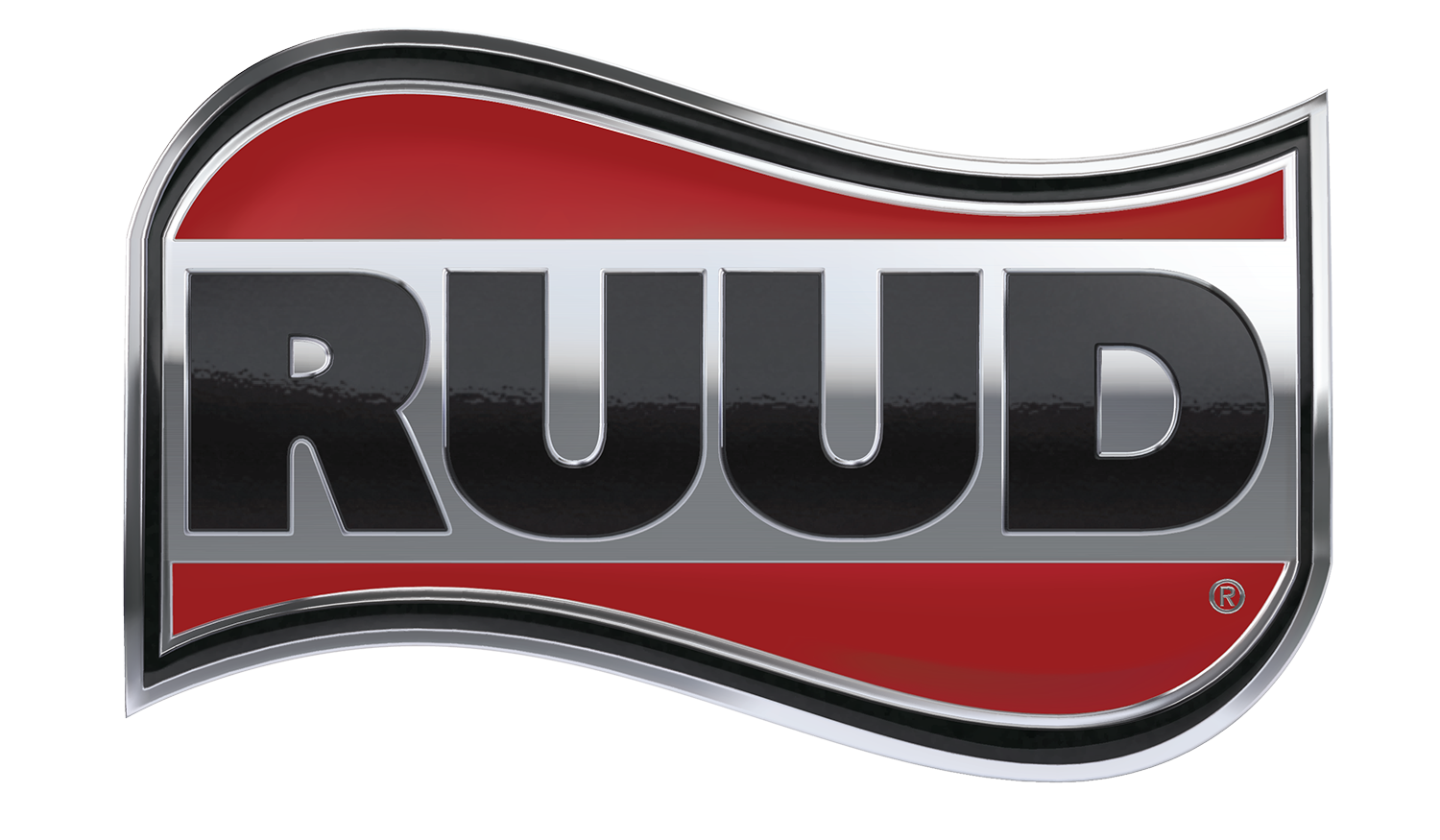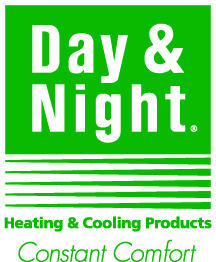Financial Foundations for Home Service Businesses: Building Stability and Growth
by Krista Glasser, Communications Manager, CI Web Group
In the home services industry, financial management often plays second fiddle to operations and customer service. Yet, the difference between a business that thrives and one that struggles often boils down to how well its finances are managed. Did you know that 82% of small businesses fail due to cash flow issues? For home service business owners, mastering financial strategies is critical to ensuring stability and growth in 2025 and beyond. This guide highlights essential financial principles and actionable steps to help you take control of your business’s financial health.
Understanding Key Financial Statements
Every business owner must familiarize themselves with the three primary financial statements: the Profit and Loss (P&L) Statement, Balance Sheet, and Cash Flow Statement. These documents provide unique insights into your business’s financial health and should be reviewed regularly.
Profit and Loss Statement
– Tracks revenue, expenses, and net profit over a specific period.
– Identifies operational efficiency through gross and net profit margins.
– Best reviewed monthly to highlight trends and areas for cost optimization.
Balance Sheet
-Summarizes assets, liabilities, and shareholder equity.
-Offers a snapshot of your overall financial position.
-Quarterly reviews are recommended to monitor long-term stability.
Cash Flow Statement
-Details cash movement in and out of your business.
-Focuses on liquidity, showing funds available for immediate needs.
-Weekly reviews are advised for early-stage businesses to manage day-to-day expenses effectively.
The Difference Between Cash Flow and Profit
A common misconception is equating profit with cash flow. A business may appear profitable on paper, showing strong net income on a profit and loss statement, yet still face financial strain due to poor cash flow management.
- Profit: Reflects financial success over a specific period, accounting for income earned after all expenses. However, it doesn’t show when cash is collected, leaving gaps if payments are delayed.
- Cash Flow: Tracks the real-time movement of money so there’s enough available to pay expenses and invest in growth.
For instance, a profitable month on paper might still leave a business unable to cover payroll if invoices are unpaid. Monitoring cash flow helps your business stay on top of immediate obligations, even during revenue delays.
Practical Tip: Maintain a reserve of 3–6 months’ worth of operating expenses to buffer against slow-paying clients or seasonal revenue dips. This reserve provides liquidity to handle cash flow gaps and keep operations running smoothly.
The Importance of Budgeting
A well-crafted budget acts as a roadmap, aligning your financial resources with business goals. Here’s how to create one:
- Start with Goals
- Define short- and long-term objectives, such as scaling operations, stabilizing cash reserves, or increasing profit margins.
- Break Down Categories
- Cost of Goods Sold (COGS): 45–55% of revenue.
- Overhead Costs: 20–30% of revenue.
- Marketing: 5–15% of revenue, adjusted for growth phase and business size.
- Monitor and Adjust
- Revisit your budget monthly or quarterly to account for changes in labor costs, material pricing, or marketing performance. This keeps your business on track even as market conditions evolve.
Pricing Strategies for Profitability
Pricing is a cornerstone of financial health, with every job needing to contribute to profitability. To set accurate prices:
- Account for Labor Costs
- Include payroll taxes, benefits, and insurance.
- Add a 20–30% buffer for unanticipated time or materials.
- Mark Up Materials
- Mark up materials at least 100% to achieve a 50% gross profit margin.
- Regularly review supplier costs to avoid underpricing.
- Allocate Overhead
- Divide fixed monthly expenses by billable hours to calculate per-job overhead.
- Make sure each job contributes to covering operational costs.
- Add Profit Margin
- Use the formula: Price = Total Cost ÷ (1 – Desired Profit Margin).
- For example, to achieve a 25% profit margin on a $3,600 job, the price should be $4,800.
Leveraging Technology for Financial Clarity
Digital tools simplify financial management and improve accuracy, making them a critical upgrade from traditional methods like spreadsheets. While spreadsheets may seem convenient, they are prone to errors, time-consuming to update, and lack the real-time insights needed for effective decision-making.
Recommended Platforms:
– QuickBooks Online: Offers real-time financial data and customizable reporting, reducing errors and improving accuracy.
– Field Service CRMs: Integrate pricing, invoicing, and job costing directly into workflows, enhancing efficiency and consistency.
Using these tools, you can monitor key performance indicators (KPIs) like gross margin, average ticket size, and conversion rates. Transitioning to digital solutions not only saves time but also provides more reliable insights for decision-making.
Navigating Seasonality and Growth
Seasonality significantly impacts HVAC businesses, with demand peaking in summer and winter but slowing in spring and fall. Election years add another predictable challenge, as consumer uncertainty can reduce spending. Proactively addressing these cycles can stabilize your business and promote growth.
- Diversify Services: Add non-weather-dependent offerings like plumbing or EV charger installations to generate consistent revenue.
- Promote Maintenance Plans: Secure recurring income while fostering customer loyalty year-round.
- Leverage Predictive Marketing: Time promotions to align with seasonal and market trends, ensuring steady lead flow.
Planning for these cycles well in advance allows your business to adapt seamlessly to predictable fluctuations, keeping revenue consistent throughout the year.
High-Leverage Activities (HLAs) for Owners
As a business owner, your focus should be on activities that drive the greatest impact. These high-leverage activities (HLAs) include:
– Regularly reviewing financial statements and adjusting strategies.
– Strategic planning for pricing, staffing, and marketing investments.
– Training staff to improve efficiency and maintain service quality.
Block time on your calendar to prioritize HLAs. By making these a regular part of your routine, you’ll keep your business positioned for sustained success.
Conclusion
Building a financially stable and scalable home service business requires consistent attention to financial health. By understanding your financial statements, creating a disciplined budgeting process, and leveraging digital tools, you can create a strong foundation for growth. With clear goals and proactive planning, your business can not only weather challenges but thrive in 2025 and beyond.
If you’re ready to take your financial management to the next level and explore strategies tailored to your business goals, connect with Brandon Duensing, CFO and Integrator at CI Web Group. Brandon specializes in helping business owners like you grow, scale, and succeed through customized financial strategies, whether you’re planning to expand, explore mergers and acquisitions, or prepare for an exit.
Schedule a financial strategy session today and start building the future you envision for your business. Contact Brandon Duensing at brandon@ciwebgroup.com.
